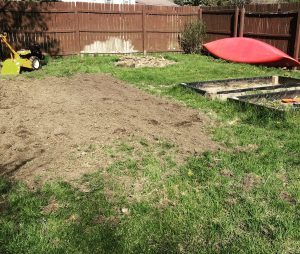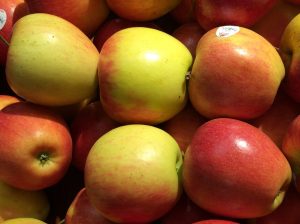Whole Grain Cinnamon Rolls
We tried this homemade cinnamon roll recipe from Hungry & Healthy today and it turned it great! We like to have a special breakfast on Saturday mornings. Our son is almost 3 and likes to help. He loved helping me portion out the ingredients, mix them together, and roll out the dough!
The recipe doesn’t call for whole wheat flour… But the Dietary Guidelines for Americans recommend to make at least half of your grains whole, so that’s what we do whenever possible! I used white whole wheat flour (it’s a little less dense then regular whole wheat flour). I also subbed 1/4 cup flour for flax meal for even more fiber and fats!
While the cinnamon rolls were in the oven baking I realized we didn’t have powdered sugar! So, thanks to the Internet age it was easy to find a sub. I used 1/2 cup granulated sugar and 1/2 tsp cornstarch and blended them in our magic bullet blender. It worked great!
We paired these with some scrambled eggs for some additional protein to keep us fuller longer. My soon to be one-year-old, soon to be three-year-old, hubby and myself loved them for healthier a Saturday morning treat!
Try them out for yourself! Find the recipe at:
https://www.facebook.com/HungryHealthyRDs/videos/2020881658137283/





